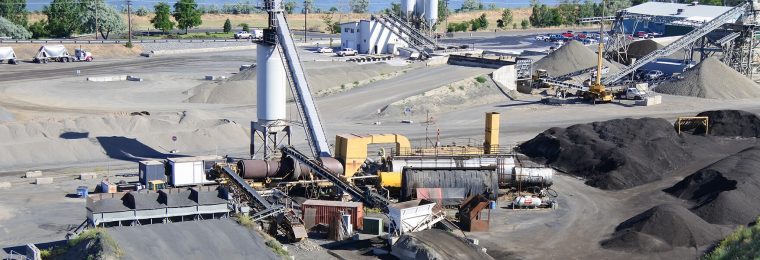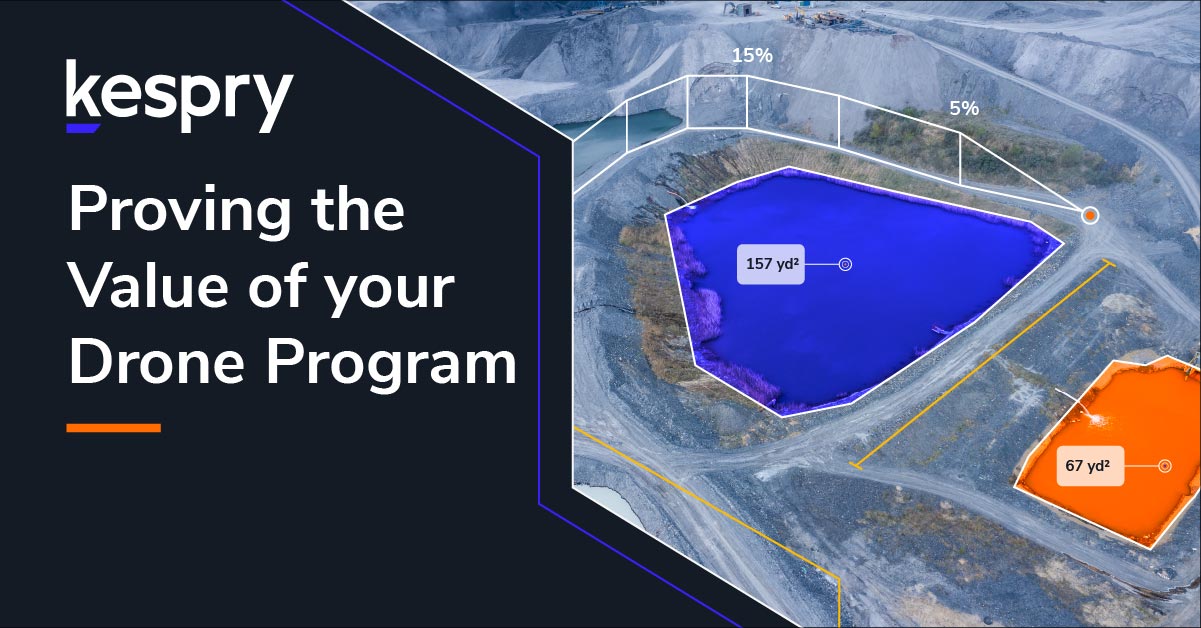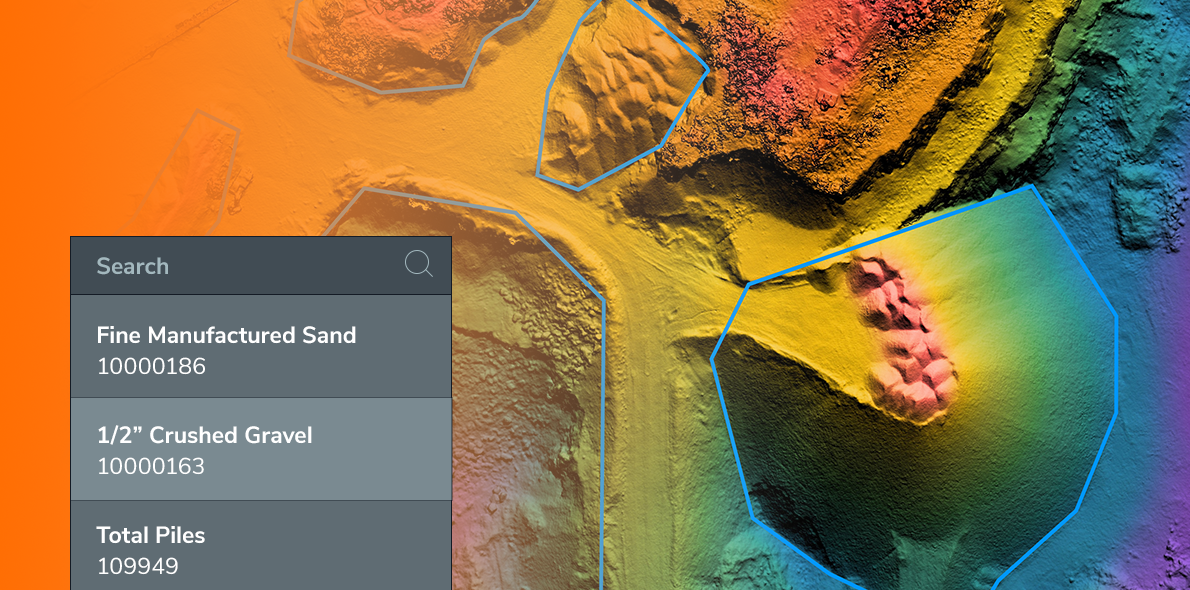1. When do you need the data?
Check with your different teams (accounting, sales, operations) to find out when they will need to use the data you are collecting. This includes both how many times during the year they will need new information as well as if those updates have to occur at different times during a month or quarter.
If you have a lot of sites to cover, agree which ones are the highest priority so you will be sure to get the most important information.
Also – make sure you know in advance how much time the data will need to process and build out flight schedules accordingly.
2. How much travel time will you need?
The farther apart your sites are from each other, the more time you will need to allow for pilots to travel or to move any of your systems between sites. If you have to ship a system it will add a few days to your end of month routine – make sure to plan accordingly. I recommend grouping your sites by location and flying nearby sites around the same time to minimize the back and forth.
Note: Every drone pilot at your company needs to be Part 107 Certified by the FAA – keep this in mind when training folks for your drone program.
3. What’s your backup plan if the weather is bad?
Be sure to allow for inclement weather when scheduling your drone flights. I recommend leaving extra space for bad weather when you are blocking out your drone flights.
If your sites are near each other, this can be as simple as leaving one morning open as a backup time. If you have to travel to your site, you may want to allow an extra day or finalize your plans once the weather forecast becomes more accurate.
Also, consider ahead of time what your next best option would be if you rely on end-of-month data and it is raining at the end of the month. Would you rather do a safety flight a few days before the end of the month, or could you accept data from early the following month? Get buy-in from your different teams at the beginning of the month so everyone is on the same page.
When it comes to drones, inclement weather includes rain but also windspeed and temperature. Be sure to check your manufacturer’s guidelines for what conditions your drone can handle and your favorite weather app to keep an eye on the days ahead.
4. What else is happening on site that day?
Coordinating your efforts with the local site manager will minimize interruptions to your drone operations, let you know which parts of the site are most crucial to fly, and make sure everyone on site is aware of your operations.
I recommend flying the drone during off hours – on weekends or early in the morning – before production ramps up. There are some added accuracy benefits to this approach. If a critical mission area is under development while the drone is flying, there is a risk that any material added or subtracted mid-flight will not be represented correctly in the final visual analysis. Setting up your flights for when you can capture a completed job will ensure you have the most up-to-date information to share internally.
5. Just in case – do you have extra time to deal with the unexpected?
If you have a couple of major deadlines coming up, I recommend running a test flight a couple days in advance of your itinerary. That way, in case something unplanned happens in between flights (missing batteries or lost iPad, etc.), you have ample time to consult with the manufacturer and be on track to meet your goals.
If you found this post interesting, you might enjoy “Three Reasons to Conduct Monthly Inventory” by our Senior Customer Success Manager, Carl Sullivan.



